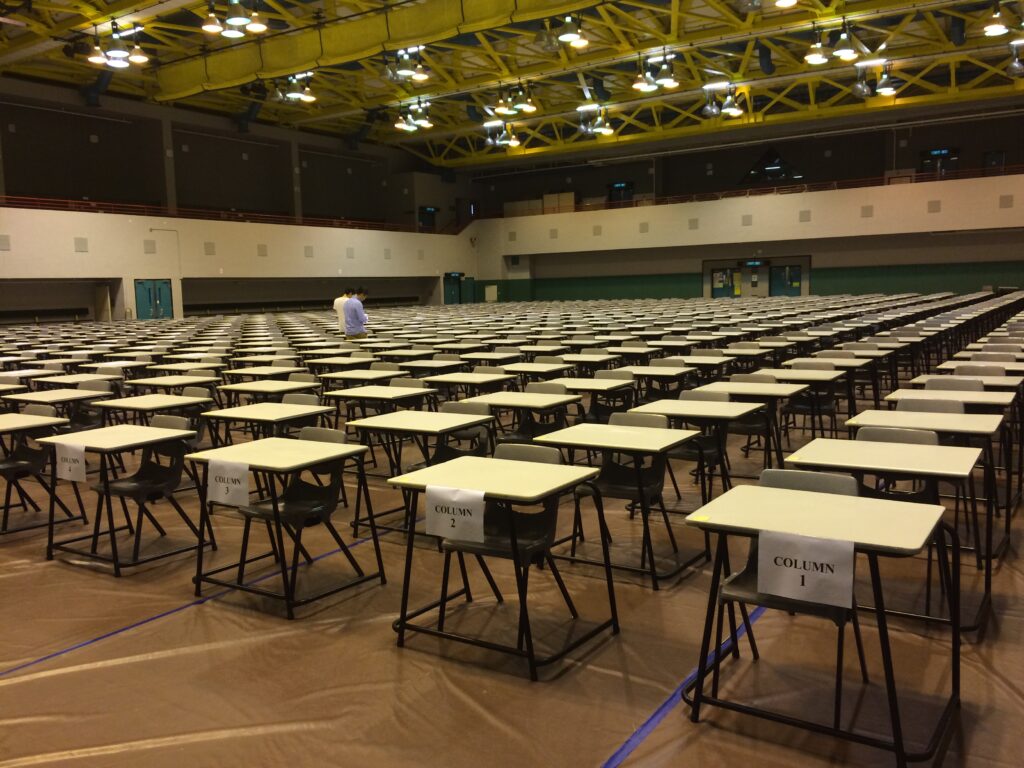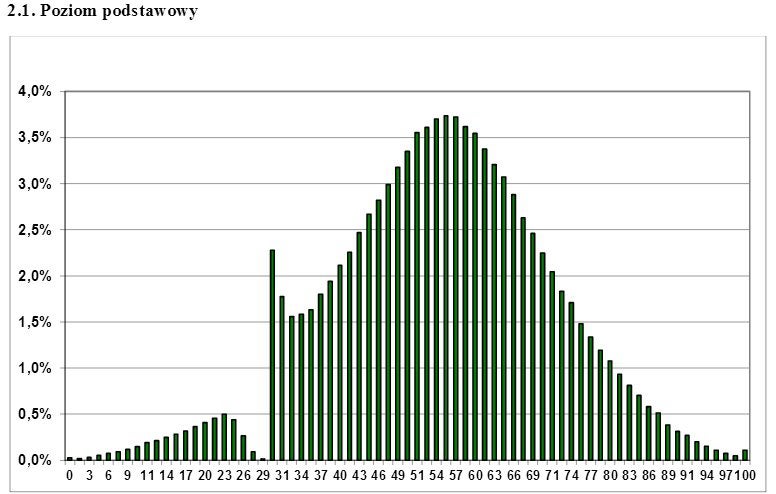
Another difference between the two schooling systems I found interesting was the provincial testing. Here is a quick overview of both provincial testing methods along with my two cents.
Alberta and Quebec both administer provincially regulated exams for specific courses. In Alberta these exams are held in grade 6 and in grade 9 for Language Arts, Math, Science and Social Studies, and in grade 12 for most courses. In Quebec the exams are administered only in High School, in particular, in grades 10 and 11 Science, Math, English, History and French.
In terms of the administration of the test, both provinces seem to be very rigorous in following rules and protocols for the exams. The exams come in sealed envelopes, only to be opened on the day of the examination. All students in the whole province write these exams on the same day and the same time, so that no information can leak from one school to another.
What comes next is what I find to be the major difference: in Alberta the students’ exams are once again sealed and sent away to get marked by a special panel of teachers completely unrelated to the students (to avoid any bias); in Quebec, on the other hand, while the multiple choice parts get sent away to get marked by a computer somewhere, the written part is marked directly by the regular teacher. Of course, the instructions are very clear as to how to mark the test, what points to give for each answer etc. Still, I found this very strange when I found out how these “uniform ministry examinations” were to be marked.
Let’s get the obvious out of the way: if the regular teacher has to mark the exam, this saves the government money, since the teacher won’t get paid extra for the time it takes to mark the exam, and there is no need for the extra panel of markers (as is customary in Alberta). But, this gives a bit more work to the teacher. I remember the day we were marking the exams: we had to have them marked before noon the next day, so we spent the whole afternoon marking and stressing to get them finished. This is not really a big deal, but still something worth mentioning.
On the other hand, it was nice to know the results right away – how our hard work paid off, how many of our students aced the exam, what were their weaknesses, so that we could improve our teaching for next year. Also, we could notify our students, the unfortunate ones that failed the exam, of the option to take summer school.
And really, was I truly that bias in marking the exams? I hope not, but how can I be sure?
In fact, I am in awe of myself how partial I have become. I always thought that Math and Science were the fairest subjects, and how a teacher could not hold a grudge against a student, or give favoritism to another. Oh, how wrong I was! Now that I teach these subjects, I see how many times I give my students the benefit of the doubt. I always root for them; always want them to succeed. If a conscientious student needs one point to pass a test, I always look for where they can get that extra point.
So did I mark the provincial exams with complete unbiased? I think not! I think that this is impossible for any teacher that knows and cares for their students. On top of that, since the overall results of the exam reflects also on the teacher, the teacher will for sure be more inclined to be lenient in their marking, even if it is unconscious. Therefore, I think the “Uniform Ministry Examinations” in Quebec are not really all that uniform. (Well maybe the examinations are uniform, just not the results.)
Final note: Below is an interesting statistical representation of this bias of marking the diploma exams. In Poland, there is a final diploma exam at the end of high school called “matura”. This exit exam, much like in Quebec, is written by the ministry of education in Poland, but teachers mark their students’ papers once the exam is over. The graph below shows the score distributions for the 2013 administration of “matura” in Poland. The score of “30” is the passing grade. What a beautifully simple and visual way of explaining my whole argument here.


